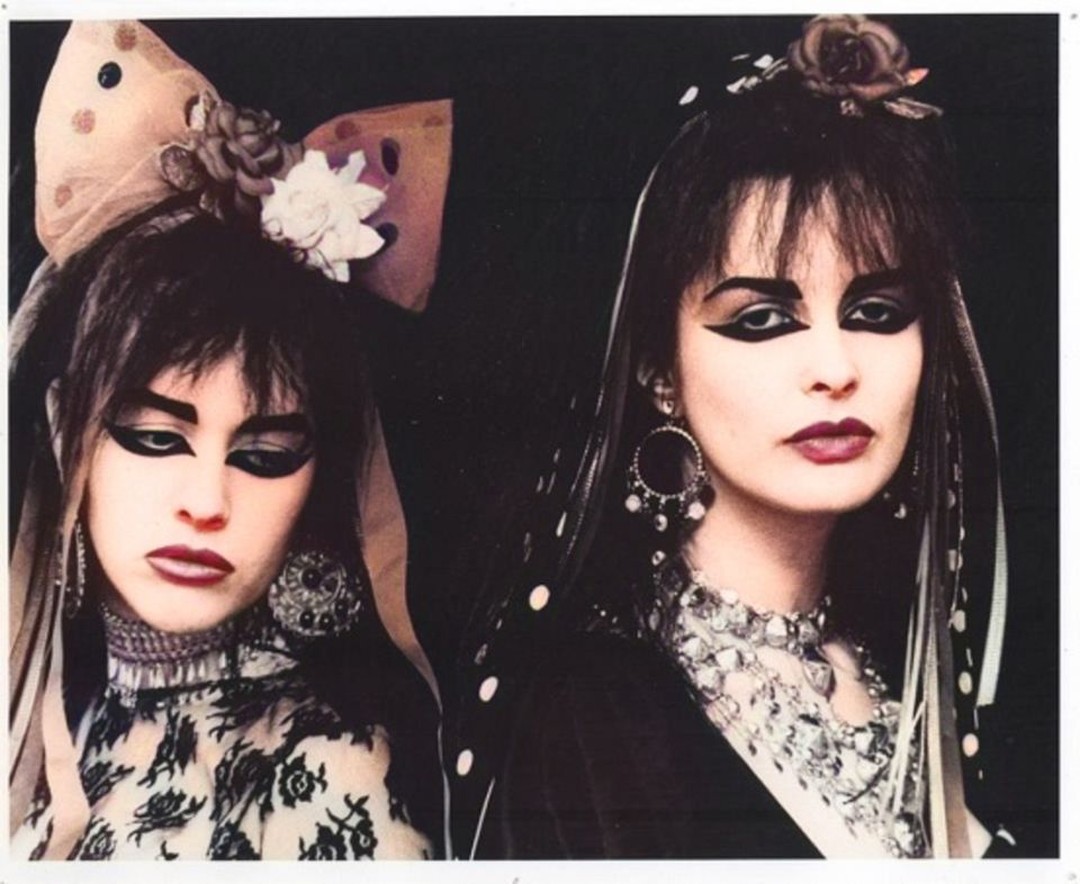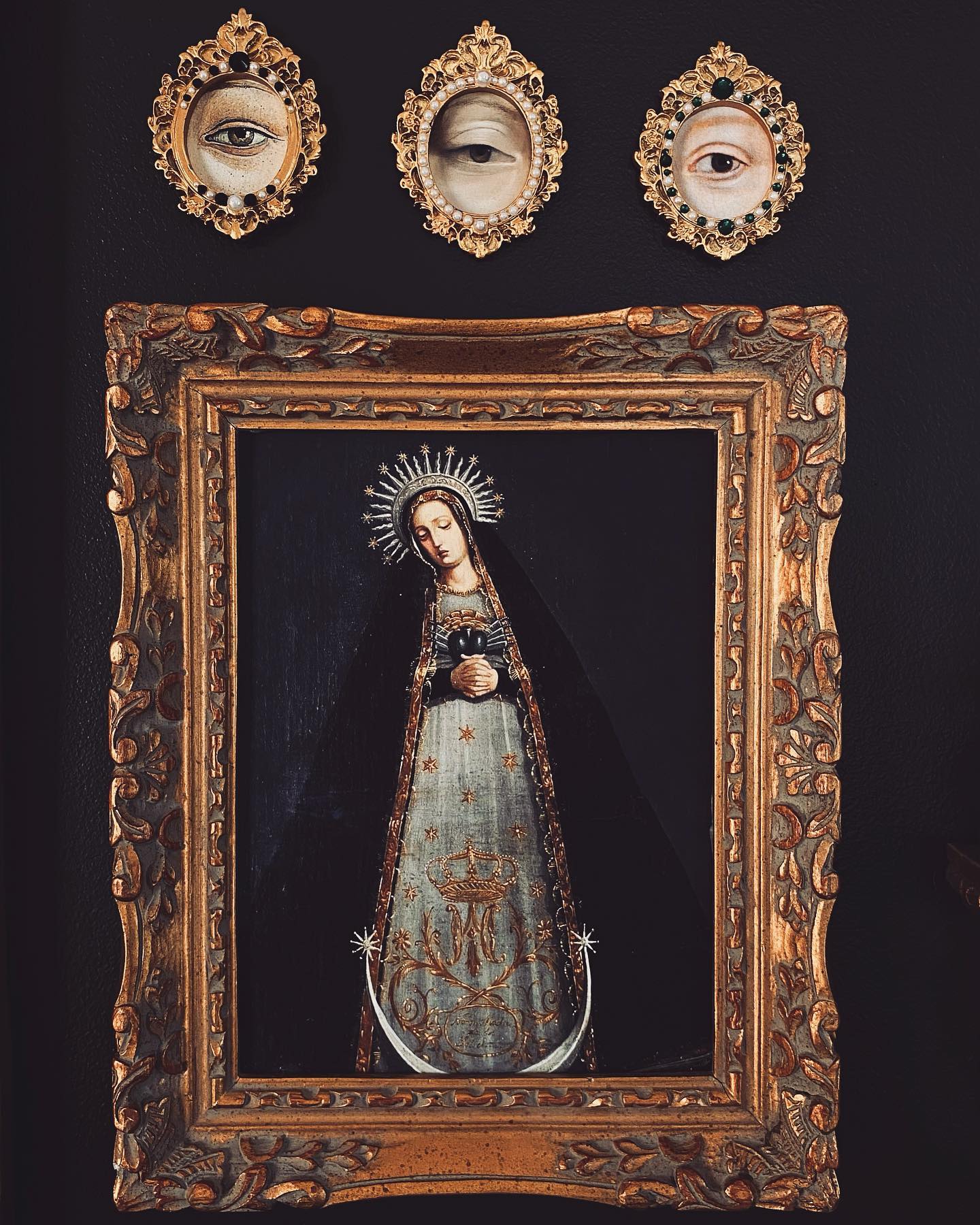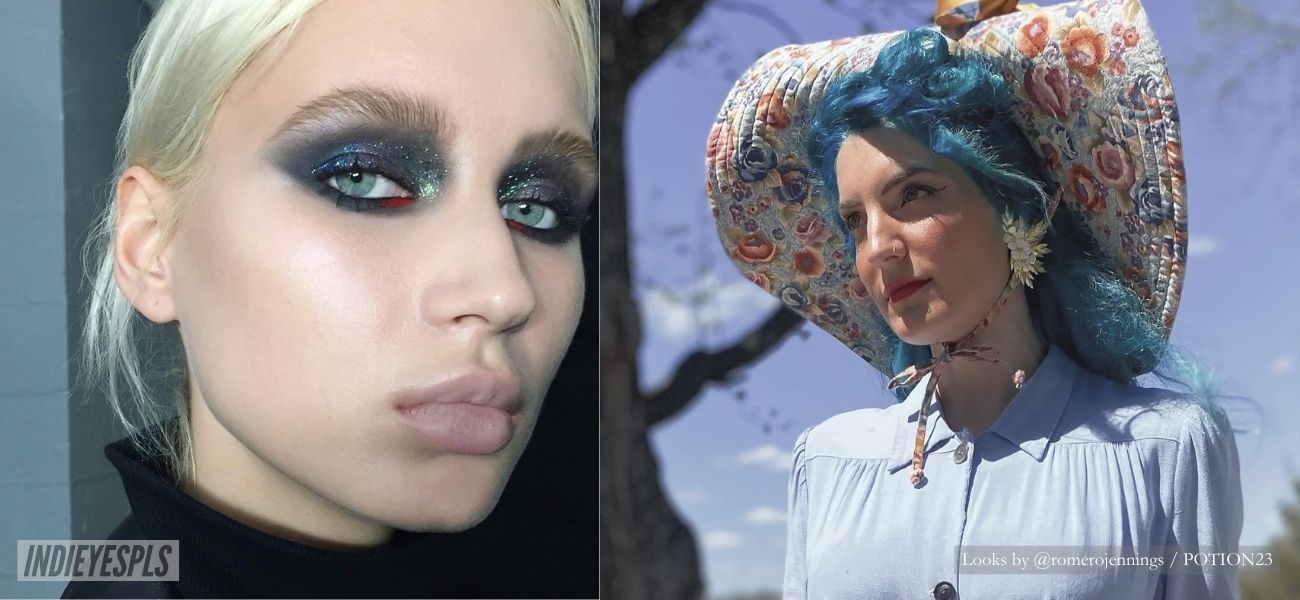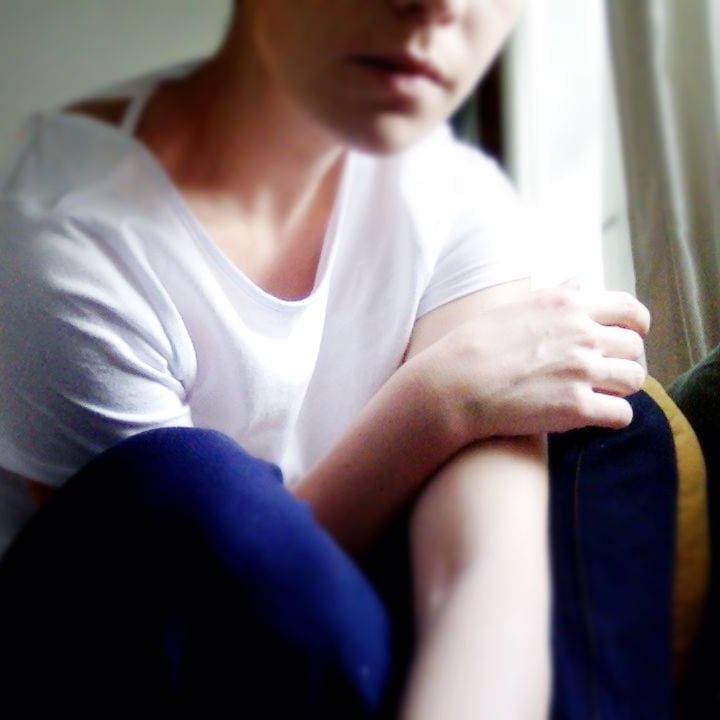Fallen Women and Street Walkers of Victorian Era: History & Clothes

Hero credits: @miavpart
One of the minor but interesting aesthetic trends is what some call the Victorian sl*t. It’s more or less the feminine cottagecore aesthetic with its long dresses and frilly collars. You’re covered head to toe but the dress is all lacey and transparent, and you’re not wearing a slip underneath.
Does the aesthetic reflect how Victorian “fallen women” and prostitutes really dressed?
According to what I found, the reality in Victorian times was quite different from the common knowledge these days. The popular notion is that Victorians were notoriously sexually repressed and prostitution was not to be spoken of. This is subject to differences in opinion and historical speculation though.
In the Victorian era, it was not uncommon for married women without a significant privilege to supplement the family income via prostitution - often with the blessing of the husband because morals are nice, but cash is cash.
On the higher end, socialites who were attractive and unmarried would as a rule make a living through some form of sex work. These women were regular upper class women, generally more or less respected within the social structure of the time.
The reason was because prostitution, when done smartly, was the highest paying job of the era. As they aged, some of the old time courtesans would go on to establish “houses”. Even back then, some of these already specialized in niche interests like flagellation. And one would almost think that this one spread thanks to the internet, right?
You would not distinguish an expensive courtesan from a well-bred, married upper class woman by the way she dressed or behaved. The notion of relating prostitution with attention-grabbing clothes comes from the working class women and from full-time prostitutes.
In Victorian England, prostitutes were supposed to register and work in a brothel, but in practice a lot of women would walk the street. Women who worked on the street would use a bit too colorful clothes and a bit too extravagant accessories as a coded way to communicate what they do. This led to development of a sort of sisterhood among them, as they informed each other about police presence to help each other out… Unless they were engaged in a mutual fight over territory.
Not all fallen women were prostitutes. During the Victorian era, the term fallen woman referred to women who have transgressed moral and societal norms. Respectable women who suffered sexual assault or were seduced and became pregnant faced the harshest judgement. These women were often disowned from their families and had to resort to full time prostitution.
But only some prostitutes faced social ostracism for the perceived loss of virtue, engaging in unsanctioned sexual relationships or having children out of wedlock. As always, the lower your privilege, the stricter the judgement against you.
I think it’s quite funny how the concept of the fallen woman was deeply rooted in the Christian and moralistic ideals of Victorian society, yet people typically wouldn’t bother the rich courtesan as long as she stayed rich and well connected.

Victorian punk aesthetic decor by @xviolet_moonx
According to the sources I found, there were known examples of high-society prostitutes during the Victorian era. Here are a few examples:
-
Cora Pearl: Cora Pearl was a famous French courtesan who gained prominence in Victorian high society. Known for her extravagant lifestyle and relationships with wealthy and influential men, she became a symbol of excess and scandal.
-
Catherine Walters: Catherine Walters, also known as “Skittles,” was an English courtesan who became a popular figure among the British aristocracy. Her charm and beauty captivated many high-ranking men, including the Prince of Wales, later King Edward VII.
-
Lola Montez: Although Lola Montez’s career as a courtesan predates the Victorian era, she gained significant attention and influence during that time. She was an Irish dancer and actress who earned fame and notoriety for her affairs with prominent men, including King Ludwig I of Bavaria.
Once again, it’s worth mentioning that these women operated within a complex social and cultural context. The perception and treatment of prostitutes varied widely, and their experiences were shaped by factors such as class, circumstance, and personal choices.
(Sources: British Literature Wiki)






